In Focus: Dorothea Tanning's 'Birthday', the paradoxical self-portrait that challenged and redefined Surrealism
The life and career of Surrealist artist Dorothea Tanning spanned two continents and more than a century. Lilias Wigan picks out a key image from the current exhibition celebrating Tanning's work at Tate Modern.
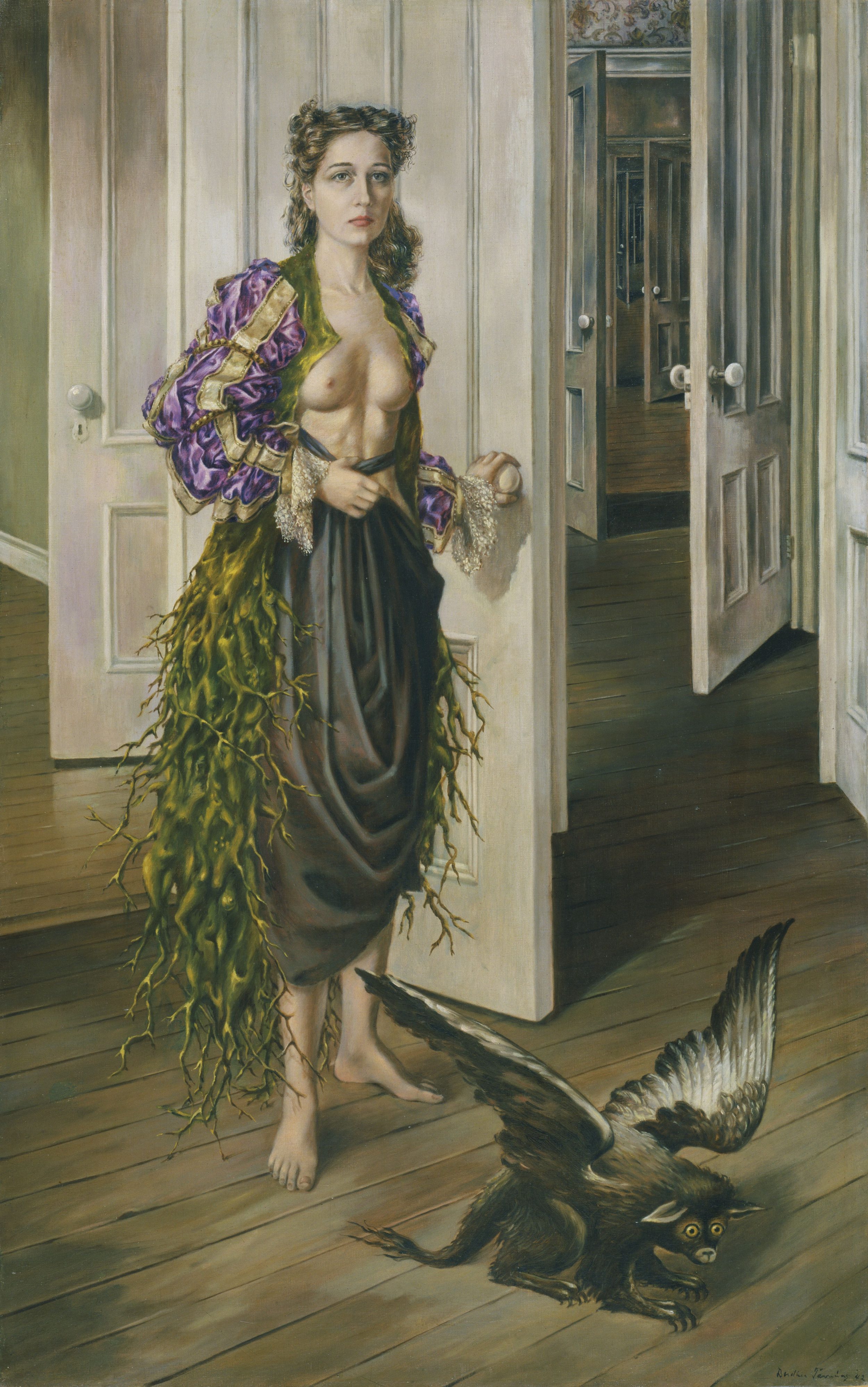
‘I wanted to lead the eye into spaces that hid, revealed, transformed all at once and where there would be some never-before-seen image, as if it had appeared with no help from me,’ wrote Surrealist artist Dorothea Tanning (1910-2012), who mastered the art of seduction through a realm of endless possibility. The Tate’s current retrospective of her work (which runs until June 9) tracks her fruitful development from the 1930s to the 1990s and includes an abundance of intricate paintings, designs, installation, sculptures and writings.
The painting featured here is her self-portrait, Birthday, of which she wrote that ‘everything is in motion. Also, behind the invisible door (doors), another door … There is no showing who one really is.’
Tanning presents a version of herself that, paradoxically, does not reveal anything about her in its depiction. Indeed, she has fashioned a character rather than exposed an individual, and used the device of doors to flood the composition with enigmatic symbolism. The artist’s resigned stare draws the viewer into her world and to immerse themselves in the infinity of her imagined universe.
She challenges us in exactly this way, asking that we leave ‘the door open to the imagination. You see, enigma is a very healthy thing, because it encourages the viewer to look beyond the obvious and commonplace.’ In a Surrealist framework, where the critics commonly perceived women artists to have a passive role, Tanning was key in challenging preconceptions and defining her individual Surrealist style.
The painting boldly and publicly marked Tanning’s arrival into Surrealism and announced her distinct vision. She was initially drawn to the movement after seeing Alfred H. Barr’s revolutionary 1936 exhibition, Fantastic Art, Dada, Surrealism at the Museum of Modern Art in New York, where she had moved from Chicago in the 1930s.
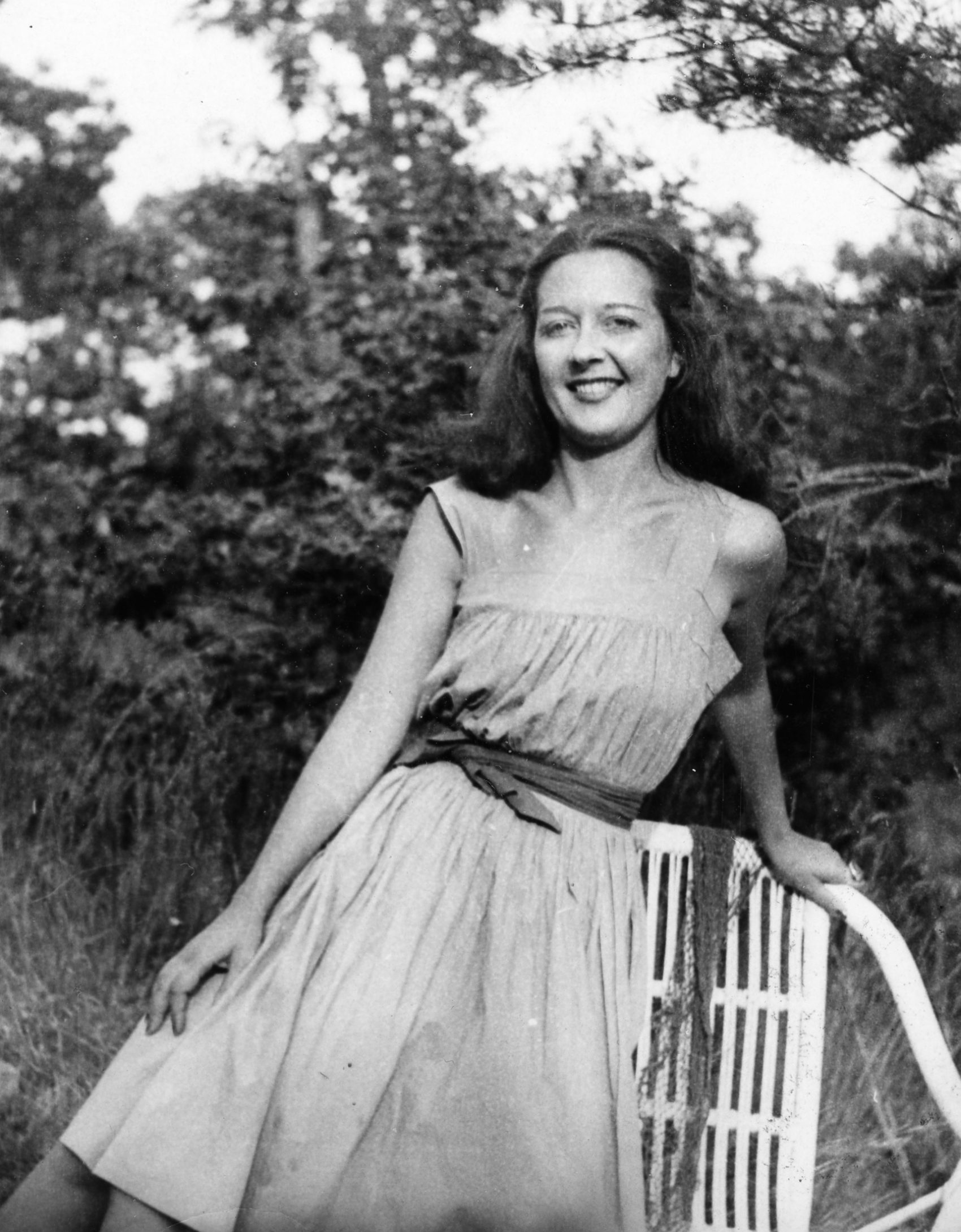
In the mid-1940s she moved to Sedona, Arizona; then to Paris, Huismes and Seillans in Provence from the 1950s. She returned to New York after the death of her husband, the Surrealist émigré artist Max Ernst, in 1976. They had married in 1946, in a double wedding with Juliet Browner and Man Ray.
It was, in fact, Ernst who had titled the painting, having seen it on her easel while on a hunt for the work of women artists to include in his then-wife Peggy Guggenheim’s Exhibition by 31 Women (1943) at her Art of This Century gallery in New York. Although it was painted around her birthday, the title was to suggest a rebirth from the real into the surreal.
Exquisite houses, the beauty of Nature, and how to get the most from your life, straight to your inbox.
Tanning is shown standing with her weight in her toes, tipping forwards with the tilt of the floorings, as if about to flee. A sense of anticipation radiates from her semi-clothed body. Everything is on the verge of change.
Her strange costume – Jacobean-style dress – bears tendrils sprouting and mutating from the drapery, like little fingers grappling at the air around her. The paint has a luminescent quality, the scene having a peculiar dream-like and fantastical feel that is heightened by the obscure timidity of the battish creature at her feet. Her breasts are exposed and she clings to her skirt, while the other hand grips the porcelain knob fixed to one of a sequence of doors opening one after the next – a portal into Tanning’s curious world.
Sexual motifs of fetishized female body parts recur in Tanning’s work, most overtly in Voltage, painted the same year, where she fully deconstructs and isolates the hair, breasts and eyes of the female form. The prominent door motif has echoes with the popular Surrealist novel, Lewis Carroll’s Alice in Wonderland (1865).
Literal doors arrived in Tanning’s later, more abstract work, as in her disturbing installation Chambre 202, Hôtel du Pavot (1970–3), recreated for the Tate exhibition. It takes the form of a three-walled space — ‘a destitute hotel room, anonymous, and everywhere and nowhere,’ as she described it — within which a number of her bulging textile figures crawl, crazed and possessed, out of the torn wallpaper, or metamorphose from the furniture. Inspired by the fate of Kitty Kane – the wife of a Chicago gangster who poisoned herself in her hotel room 202 – the haunting chamber nods to the lyrics of a lament from Tanning’s childhood:
In room two hundred and two The walls keep talkin' to you I'll never tell you what they said So turn out the light and come to bed.
Tanning’s constantly evolving her ideas are testament to her remarkable imagination. Having spanned a century and two continents, this prolific and progressive artist died in her Manhattan apartment in 2012 at the age of 101.
'Dorothea Tanning; is at Tate Modern, London, from 27 February until 9 June. Tickets are available here.
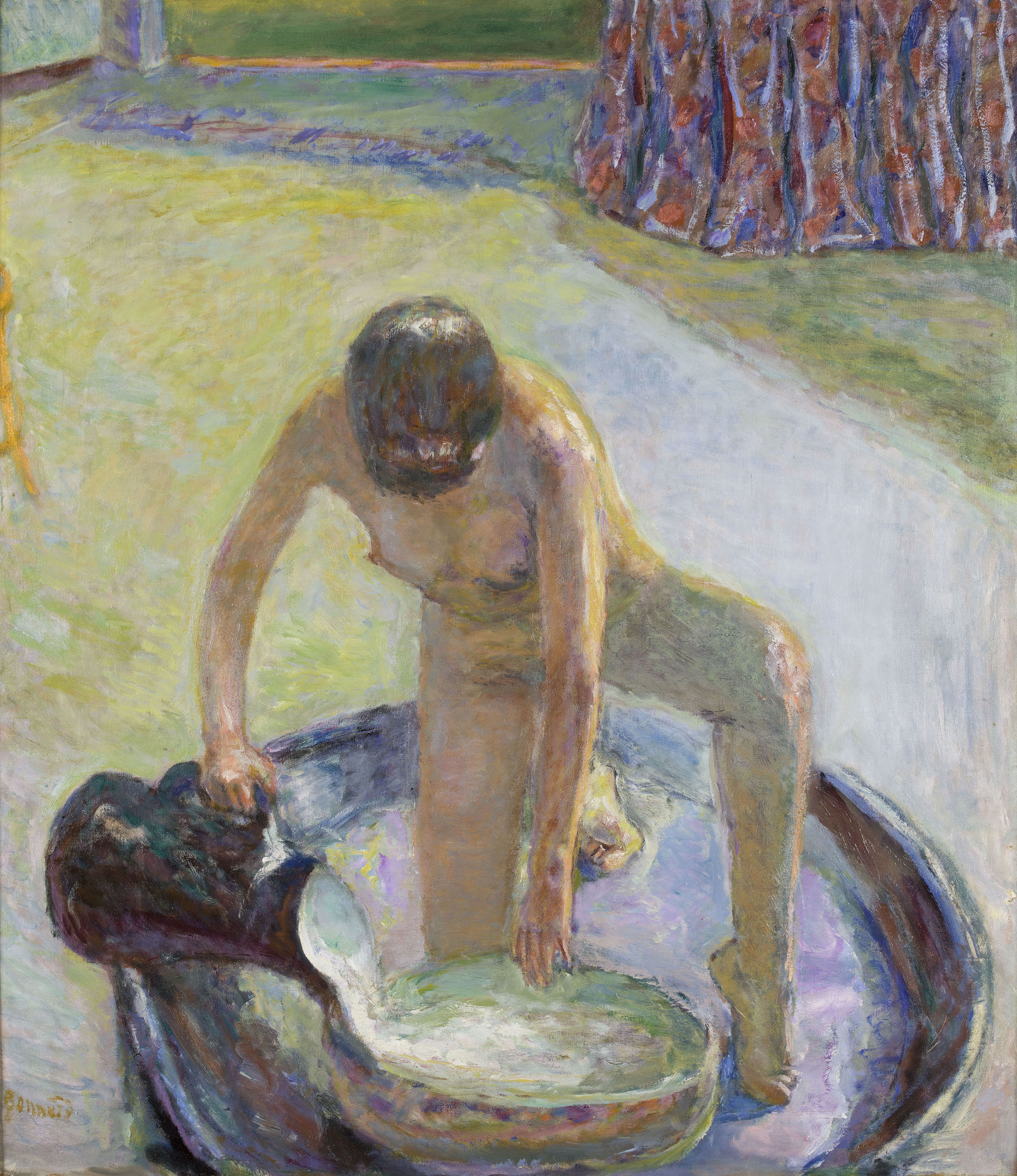
In Focus: How Pierre Bonnard used photography to help him paint pictures that would once have been near-impossible
The mysterious French artist Pierre Bonnard is the focus of a new exhibition at Tate Modern. Lilias Wigan went along.
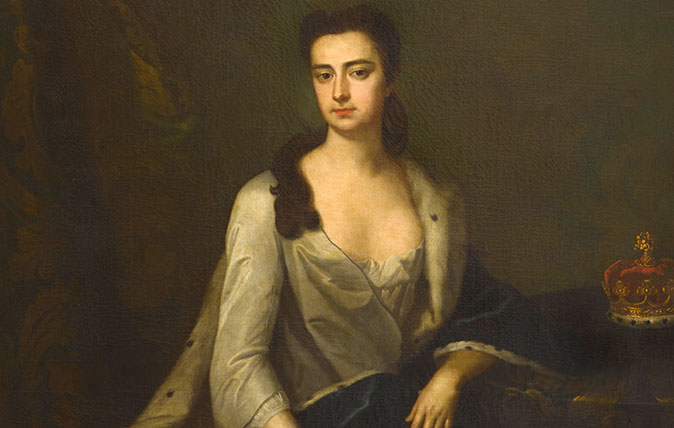
In Focus: The women who defied their husbands – among them England's richest men – to care for abandoned children
A fascinating exhibition at the Foundling Museum focuses on the women who refused to countenance the prejudices of the time,
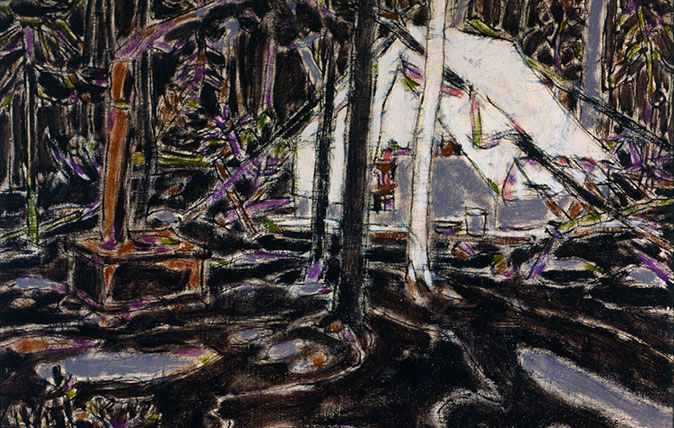
Credit: David Milne, Tent in Temagami, 1929, Collection of the Tom Thomson Art Gallery, Owen Sound, Ontario, bequest from the Douglas M. Duncan Collection, 1970. © The Estate of David Milne
In Focus: The Canadian hermit's work that is a dystopian alternative to Monet
Canadian artist David Milne moved from city to country, eventually ending up as a hermit in a remote part of